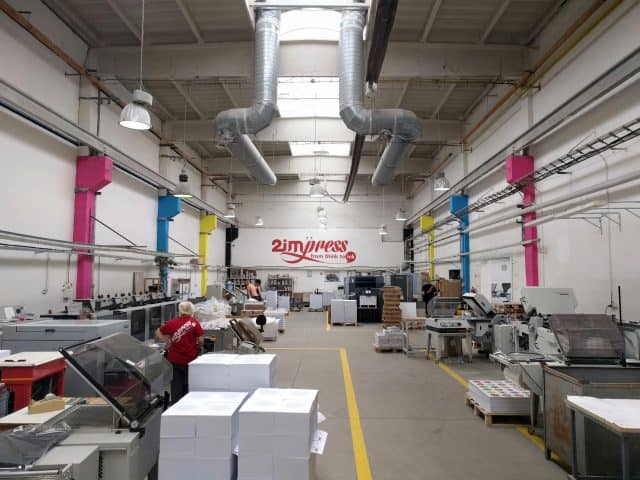In manufacturing and industrial operations, having the right number of people at the right place and time is essential to meeting daily targets. Yet despite scheduling software, labor management systems, and decades of lean best practices, many facilities still struggle with real-time visibility into staffing levels at the workstation level.
Operators may be reassigned mid-shift, stations may be temporarily unmanned, or areas may be overstaffed without producing additional value. These mismatches between planned and actual staffing create unrecognized inefficiencies and bottlenecks, impacting throughput, cost-per-unit, and labor utilization metrics.
Workstation staffing compliance offers a powerful, computer vision–based approach to solving this problem. By continuously monitoring whether workstations are manned as scheduled, it helps teams identify shortfalls, correct misallocations, and improve labor productivity, without requiring operator input or additional devices.
What the system tracks
Operator presence at each workstation, tracked continuously and compared against planned staffing schedules.
Computer vision algorithms detect human presence and activity at workstations, comparing it with a shift-level or takt-based labor plan. The result is real-time visibility into labor deployment at a granular level, along with historical data that supports trend analysis, planning, and continuous improvement.
![]()
Key operational metric
Manned hours vs. plan/day
This metric tracks the total actual operator time at each workstation versus what was scheduled.
Detection value: ~$1,000/day in labor productivity improvement through smarter reallocation and improved plan compliance.
How workstation staffing compliance works
- Continuous zone monitoring: Cameras are positioned to monitor critical workstations across lines or cells.
- Presence recognition: AI models identify whether an operator is present and working based on posture, movement, or tool interaction.
- Schedule comparison: The system references the planned staffing level (headcount by workstation per shift) and identifies mismatches.
- Real-time notifications: Deviations – such as unmanned stations or excess workers in low-priority zones – trigger alerts for supervisors.
- Data logging: All presence data is recorded for reporting, staffing model validation, and improvement initiatives.
The system can monitor dozens of workstations simultaneously, providing a holistic view of compliance across a facility or shift.
Industry use cases
- Automotive assembly: Detect unmanned trim, fit, or final stations causing bottlenecks in takt time.
- Food and beverage processing: Monitor worker coverage at manual inspection, packaging, or filling areas.
- Pharmaceutical manufacturing: Track regulatory-mandated manning at QA sampling or batch release steps.
- Discrete and mixed-model manufacturing: Compare station manning against takt-based plans in high-variation lines.
Business Benefits
- Prevent throughput losses: Address unmanned stations that delay critical steps and reduce hourly output.
- Eliminate labor waste: Identify overstaffed zones that can be rebalanced or cross-trained for better efficiency.
- Improve scheduling accuracy: Use historical manning compliance data to refine labor plans based on actual conditions.
- Increase supervisor effectiveness: Provide real-time visibility into line staffing to support proactive decisions.
- Support continuous improvement: Enable objective labor utilization reviews in Kaizen events and shift handover meetings.

Privacy and system integration
The system operates entirely on-premises with edge processing. No facial recognition is required: only anonymous detection of presence within zones.
Integration with scheduling software, MES platforms, and HR systems ensures alignment between plan and performance.
Turning visibility into action
Without data, labor decisions are reactive. Supervisors may not realize that a station was unmanned for 40 minutes, or that another area was overstaffed all shift.
Workstation staffing compliance transforms passive staffing assumptions into measurable, actionable visibility: helping teams optimize labor as a continuous process.
It’s not just about being staffed – it’s about being staffed smartly, and in alignment with production needs.
